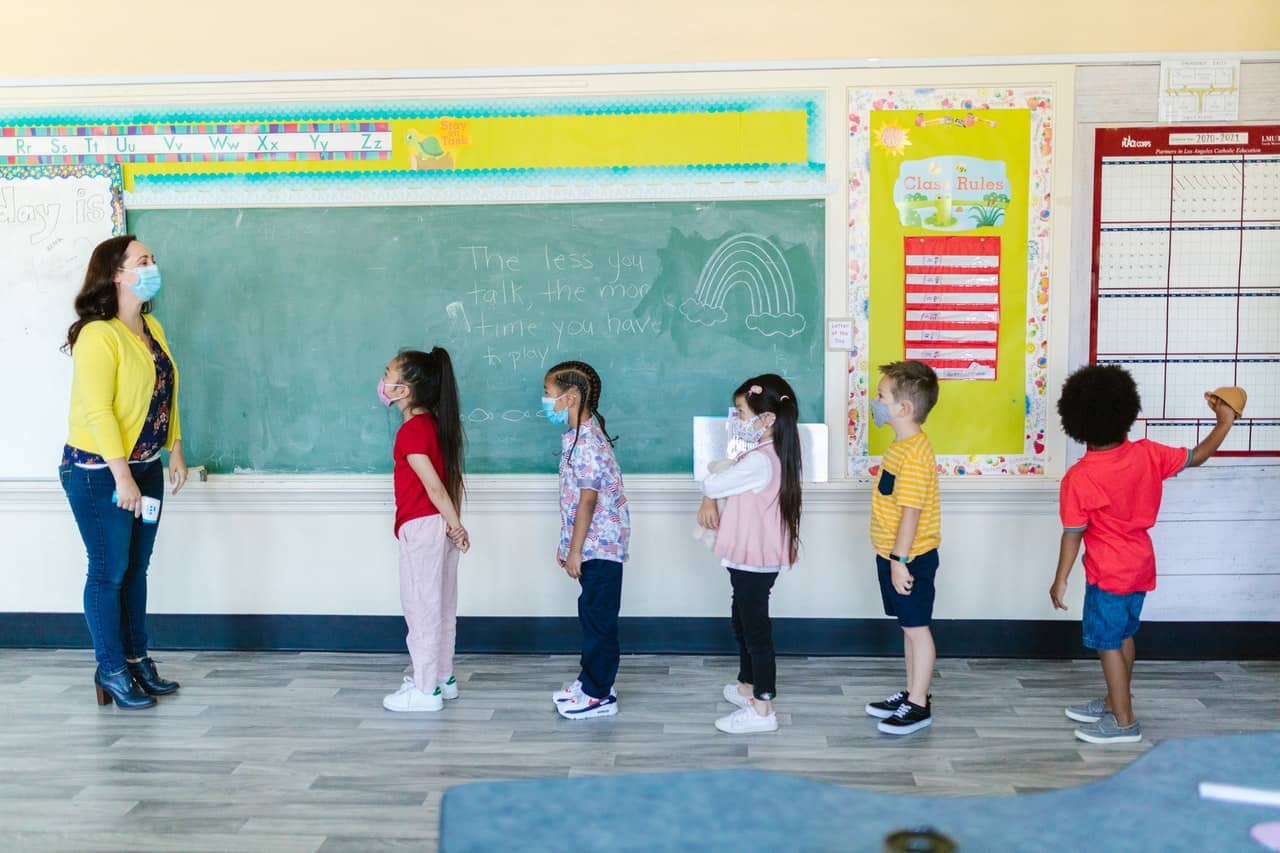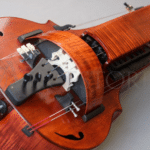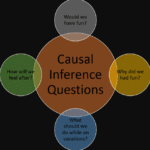For many parents, choosing a preschool has become a challenging, stressful endeavor, but it doesn’t have to be. The more you understand the forms of education and the ways children learn, the easier it’ll be to choose the right preschool for your child.
This guide will tell you everything you need to know about early childhood education. You can find the perfect preschool for your child and set them on the path to a bright future.
Different Forms of Education
There are different forms of education, but it can generally be broken down into three main groups. It’s important to note that none of these forms is inherently better. Instead, kids learn through a combination of all three forms.
Formal
Formal education is what people usually consider education. It’s formal schooling, such as a public or private school. The students’ days are structured around specific learning goals. Students progress through formal education based on assessments that see how well they’ve met these goals.
Informal
Informal education happens outside of a structured setting. Kids learn in almost any setting, so they’re constantly getting an informal education. They learn from parents, siblings, friends, and the world around them. Learning isn’t intentional, but it occurs nonetheless.
Informal education also happens in schools as well. Kids still learn even when not engaging in structured activities in the classroom.
Non-formal
Non-formal learning is intentional learning that takes place outside of a structured setting. For example, someone may want to learn to play the piano or speak another language. They set out to learn, but not through formal schooling.
Modes of Learning
There are many modes of learning, but most usually fall under one of three categories. While most students learn best through one of these three modes, a combination of the three usually results in the deepest understanding.
Visual
Visual learners need to see new information to learn it. They may need to see images, visual representations of data, and demonstrations to grasp a new concept. Visual learners also learn through reading.
Auditory
Auditory learners can get new information through hearing. They can listen to someone give them new information and assimilate it. Few students are purely auditory learners. For most students, auditory learning works best when paired with one of the other modes of learning.
Kinesthetic
For kinesthetic learners, lessons need to be hands-on. They learn by doing, getting up and moving, and through physical manipulation of the new material. Kinesthetic is often considered to be the most effective learning mode, and the majority of kids are kinesthetic learners.

Types of Preschools
There are several types of preschools, with new ones cropping up all of the time. Below are a few of the most popular preschools.
Traditional Preschool
In a traditional preschool, the teachers lead the students in lessons based on preschool standards. Days are structured. Students spend time learning in large and small groups. The teacher decides what the students will learn and when they’ll learn it.
Traditional preschool is good preparation for preschoolers who are going into traditional school settings, such as public schools or private prep schools.
Play-Based Learning
Play-based preschools take their cues from psychologists such as Jean Piaget, who said that kids learn best when their learning is conducted through playing.
Many people assume that a preschool that allows kids to learn through play just puts them in a room full of toys and lets them play at will, but for true play-based preschools, that isn’t the case.
In a truly play-based learning setting, the teacher creates opportunities for exploration and subtly guides students to new ideas, all while keeping the focus on play.
Montessori
A Montessori preschool combines elements of traditional and play-based preschools. Kids are given the freedom to explore, and learning is often self-guided, but the teacher helps students decide on goals and then facilitates their learning.
Preschoolers also learn important life skills, like learning to clean up after themselves, dress themselves, and prepare simple food. They also work with kids of multiple ages in one classroom.
Reggio Emilia
Reggio Emilia preschools put the students at the center. They use a child’s natural curiosity and desire to learn to construct learning scenarios. Kids are exposed to new concepts through a variety of methods and learning styles. Students often work on projects and collaborate with other students.
Microschools
Microschools have a much looser definition. They’re formed when a small group of parents creates a learning environment based on the needs of their children. Microschools can have just a handful of children or can be large enough for all the kids in a neighborhood.
Each microschool looks a little different. They can be facilitated by parents or by hired educators. The curriculum is chosen based on individual student needs, and students sometimes work on individual goals.
Forest School
In a forest school, kids are introduced to nature early and often. Classes frequently take place outdoors. Kids collaborate and complete projects focused on the natural world. There’s an emphasis on developing social bonds and a relationship with and respect for the natural world.
Homeschool Co-op
Homeschool co-ops can sometimes be similar to microschools. They can involve a group of kids getting together each day to pursue their learning goals with a teacher or parent facilitator.
A co-op can also be a group of kids who follow a more conventional homeschool routine but have meet-ups with other homeschoolers to give them time to socialize and work on group projects and activities. Also Read – Decisions for Future Teachers. Special Ed, Online Tutoring
Parting Thoughts
The preschool you choose can feel like a monumental decision. Many parents worry that if they choose the wrong preschool, they’ve set their kids on the wrong path for the educational goals they have for them.
However, there are two questions to ask yourself about a preschool: Will your child grow and thrive? Will your child be happy?
Kids need to come out of preschool with a love of school and learning. Kids who love to learn will have the best outcomes in their future educational endeavors.








